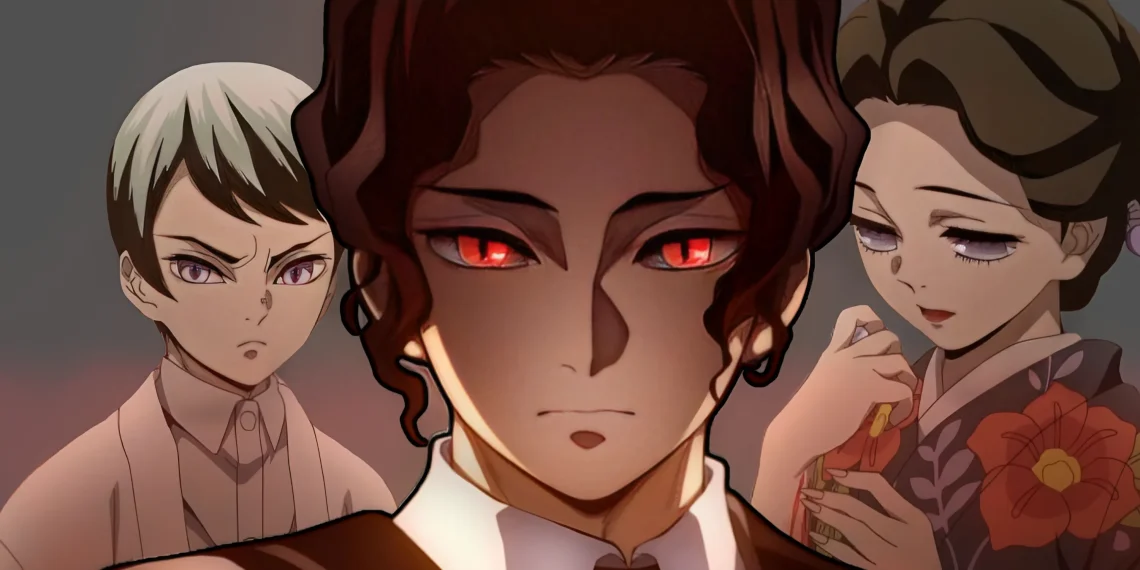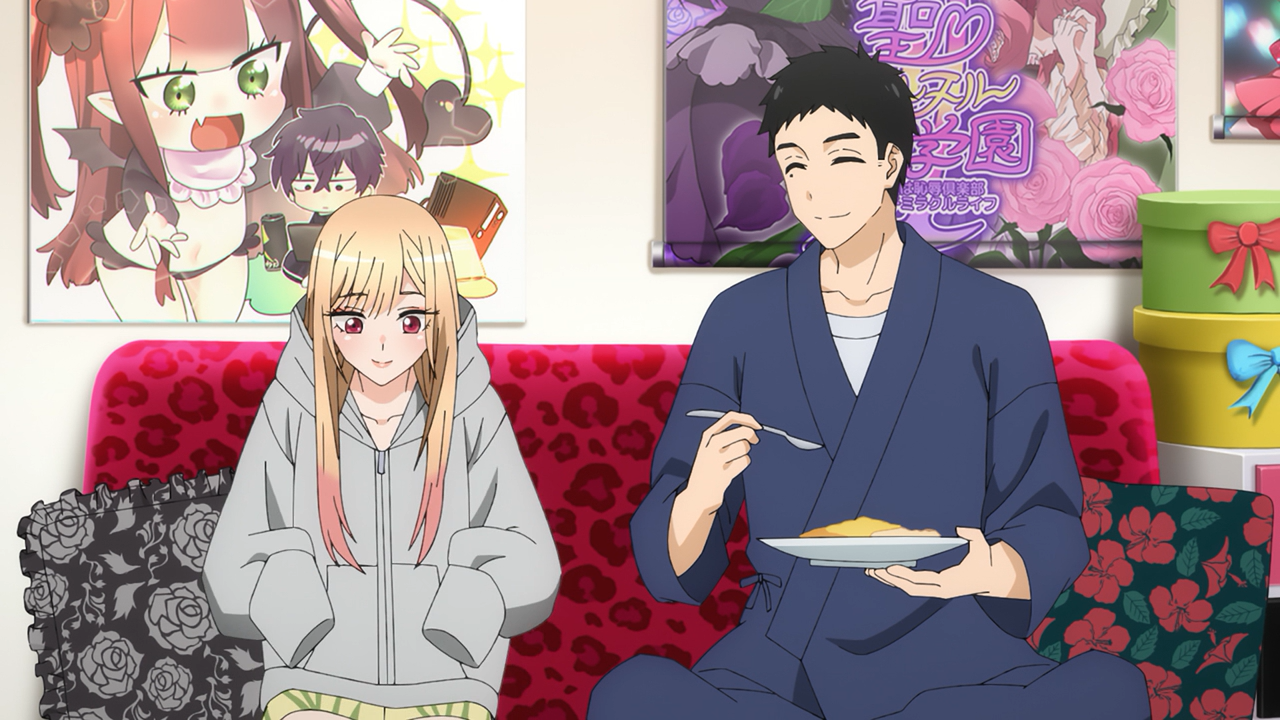In the Demon Slayer world, where demons embody a dark, twisted manifestation of human ambition and cruelty, Muzan Kibutsuji stands as the first and most powerful of them all.
Muzan is the original demon, a figure of fear and terror, not only to humans but also to demons under his control.
His mere presence exerts a powerful influence over his subordinates, many of whom view him as an infallible force.
His reign of terror is absolute; Muzan demands unwavering obedience and loyalty from all who fall under his curse.
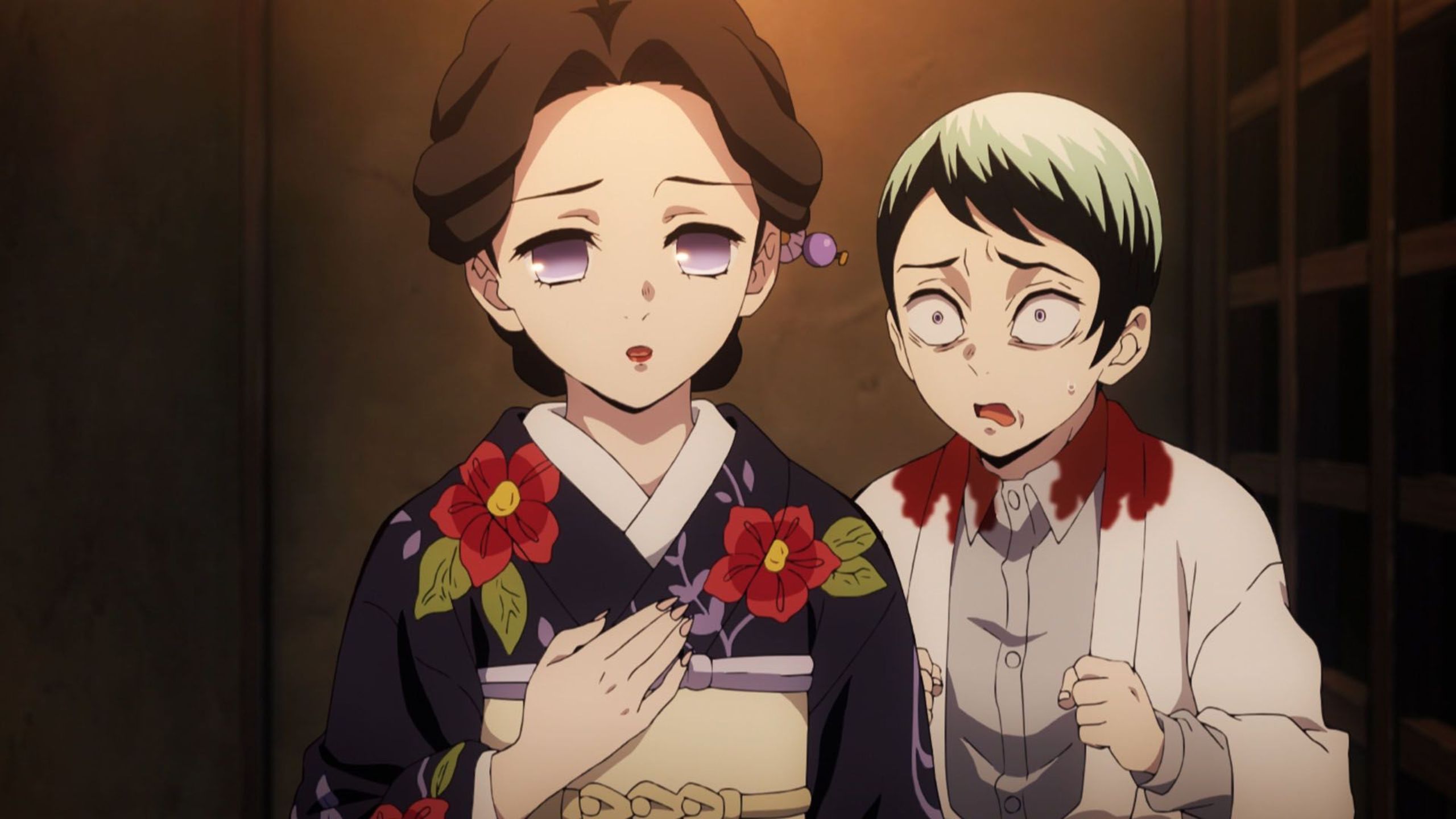
Yet, one demon managed to defy him: Tamayo. Among the rare few who broke free from Muzan’s influence, Tamayo emerges as an especially compelling figure.
Her independence, intelligence, and strength allowed her to sever ties with Muzan and live without fear, an unimaginable feat for most demons.
However, her significance to the story goes beyond mere defiance. Muzan’s loathing for Tamayo is rooted in her exceptional skills, which posed a unique and genuine threat to his authority.
By developing her own abilities to create demons and pursue a cure for the demon curse, Tamayo represented a direct challenge to Muzan’s claim to absolute control.
Through her journey, she not only liberated herself but also illuminated the path to redemption for others, crafting a tale of hope amidst the darkness Muzan had spread for centuries.
Understanding Muzan Kibutsuji’s Need for Control
Muzan Kibutsuji is a character steeped in darkness, driven by an insatiable need for power and survival.
His transformation into a demon granted him near-immortality but also condemned him to a life of isolation and fear, haunted by the vulnerability he feels at the prospect of facing the sunlight.
His primary goal, therefore, revolves around conquering the sun, which remains his only true weakness.
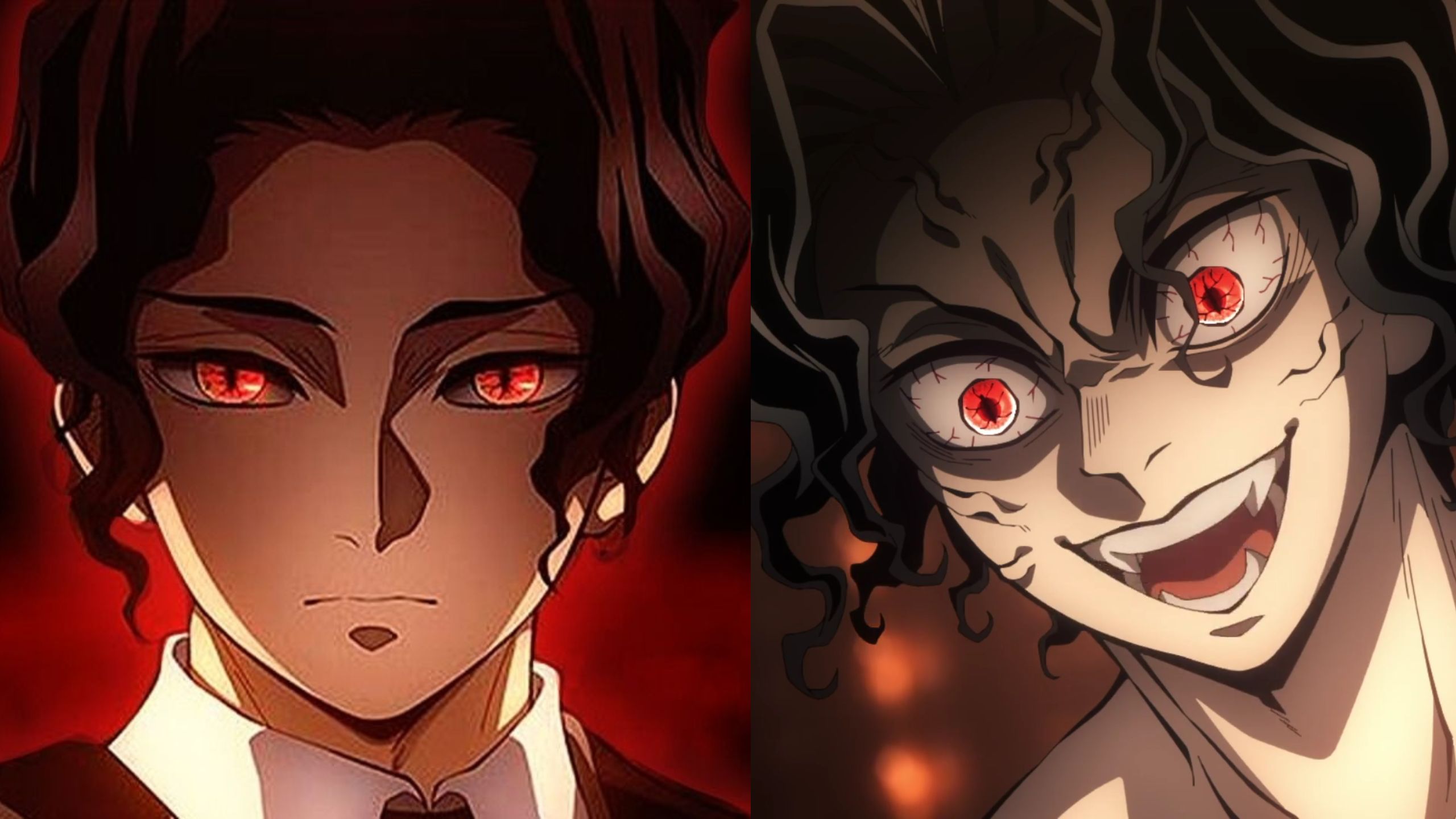
In his relentless pursuit of this goal, he spares no effort, experimenting on both humans and demons alike.
He does this with an indifference to suffering that reflects his complete lack of empathy, treating others as mere tools for his own ends.
Muzan’s approach to his demonic creations mirrors this ruthlessness. He holds dominion over every demon he creates, connecting them to himself in such a way that they cannot even speak his name without risking death.
This curse manifests as a form of biological control, symbolizing Muzan’s need to keep every demon in his iron grip. To him, demons are extensions of his will, soldiers in his quest for survival.
His entire identity is built on the idea that he alone should wield absolute power over demons. In his mind, only he has the right to shape and mold their existence.
This sense of superiority is so deeply ingrained in him that any challenge to it becomes a personal affront.
Tamayo’s Story: A Journey from Subservience to Independence
Tamayo’s introduction in the Demon Slayer series reveals a complex character who embodies both tragedy and strength.
Once a human, she transformed into a demon under Muzan’s influence, likely with her consent as she sought escape from a terminal illness.
Yet, unlike other demons, she eventually sought a different path, rejecting the path of violence and bloodlust that Muzan promoted.
The act of breaking free from Muzan’s curse, however, was no small feat. The level of willpower and intelligence required to sever her ties with him speaks to the depth of her character.
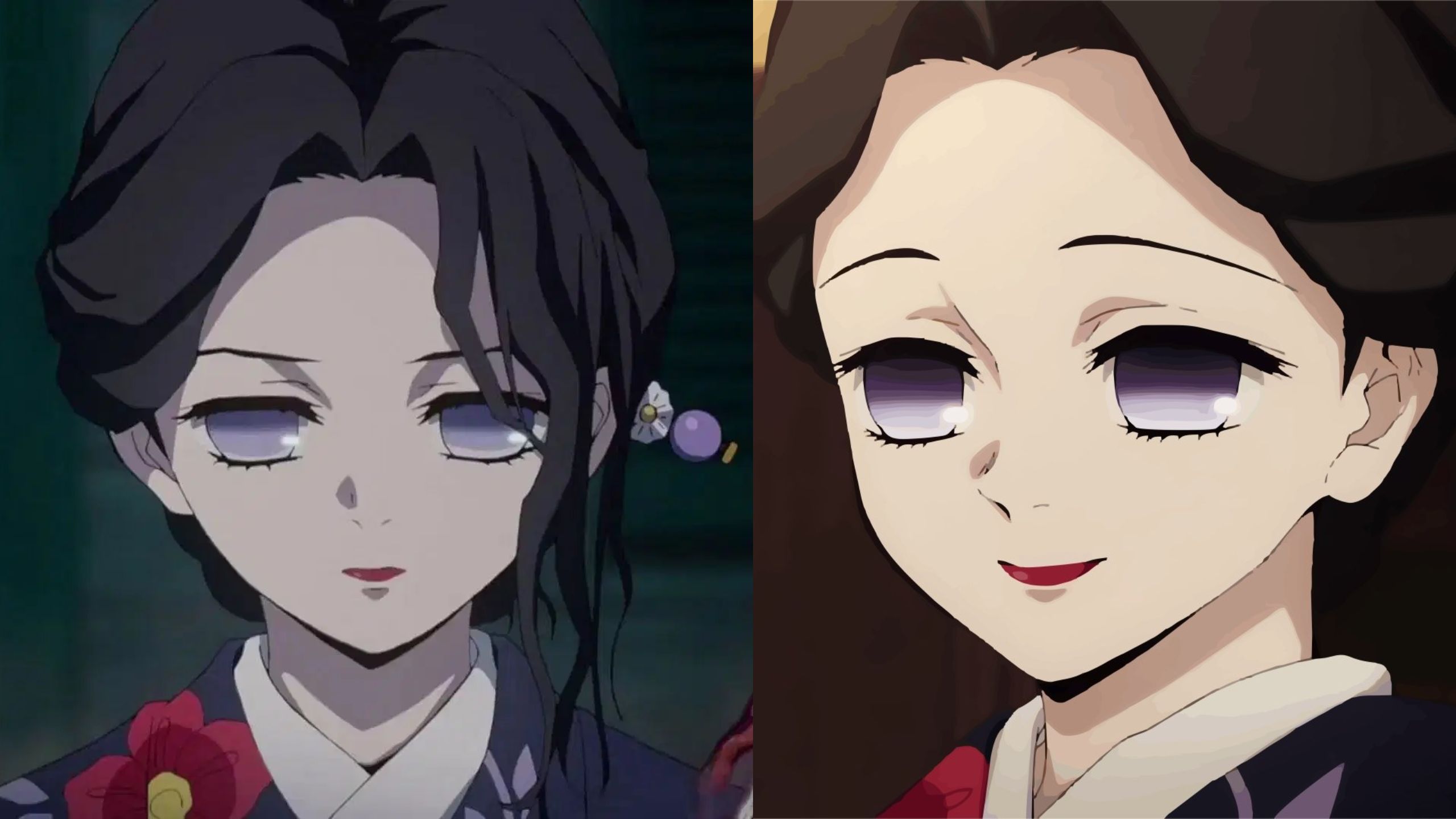
While many demons remain blindly loyal to Muzan, whether out of fear or reverence, Tamayo actively resisted him. Her motivations are rooted in her unique understanding of both the human and demon worlds.
Unlike other demons who relish their newfound powers, Tamayo views her demonic state as a curse.
She embodies a profound sense of remorse for her transformation and is haunted by the memory of her human life.
Her perspective offers a unique contrast to Muzan’s; while he sees the demon curse as a means of power and control, Tamayo perceives it as a burden, something that must be corrected.
The path she chose was both bold and dangerous. As a demon seeking to undo the curse, Tamayo had to carefully steer across the complexities of demon biology and the limits imposed by Muzan’s control.
Her journey of self-liberation became a quest to reclaim her humanity, an endeavor that demanded great intelligence, patience, and resilience.
Through her research and experimentation, she eventually unlocked powers that rivaled Muzan’s, cementing her place as one of the few characters capable of opposing him.
The Complexity Behind Tamayo’s Creation of Yushiro
One of the most intriguing aspects of Tamayo’s character is her ability to create demons independently.
Unlike other demons, who are bound to Muzan for life, Tamayo managed to transform Yushiro into a demon without Muzan’s involvement.
This act alone is groundbreaking within the Demon Slayer universe, as it demonstrates Tamayo’s unparalleled understanding of demon biology and her ability to harness her powers in ways that even Muzan could not.
Yushiro’s transformation raises many questions. How did Tamayo manage to create a demon without the aid of the Blue Spider Lily, which Muzan deemed essential for demon transformations?
And why did it take her 200 years to accomplish this feat? These questions jump into the complexities of Tamayo’s abilities and the limitations she faced.
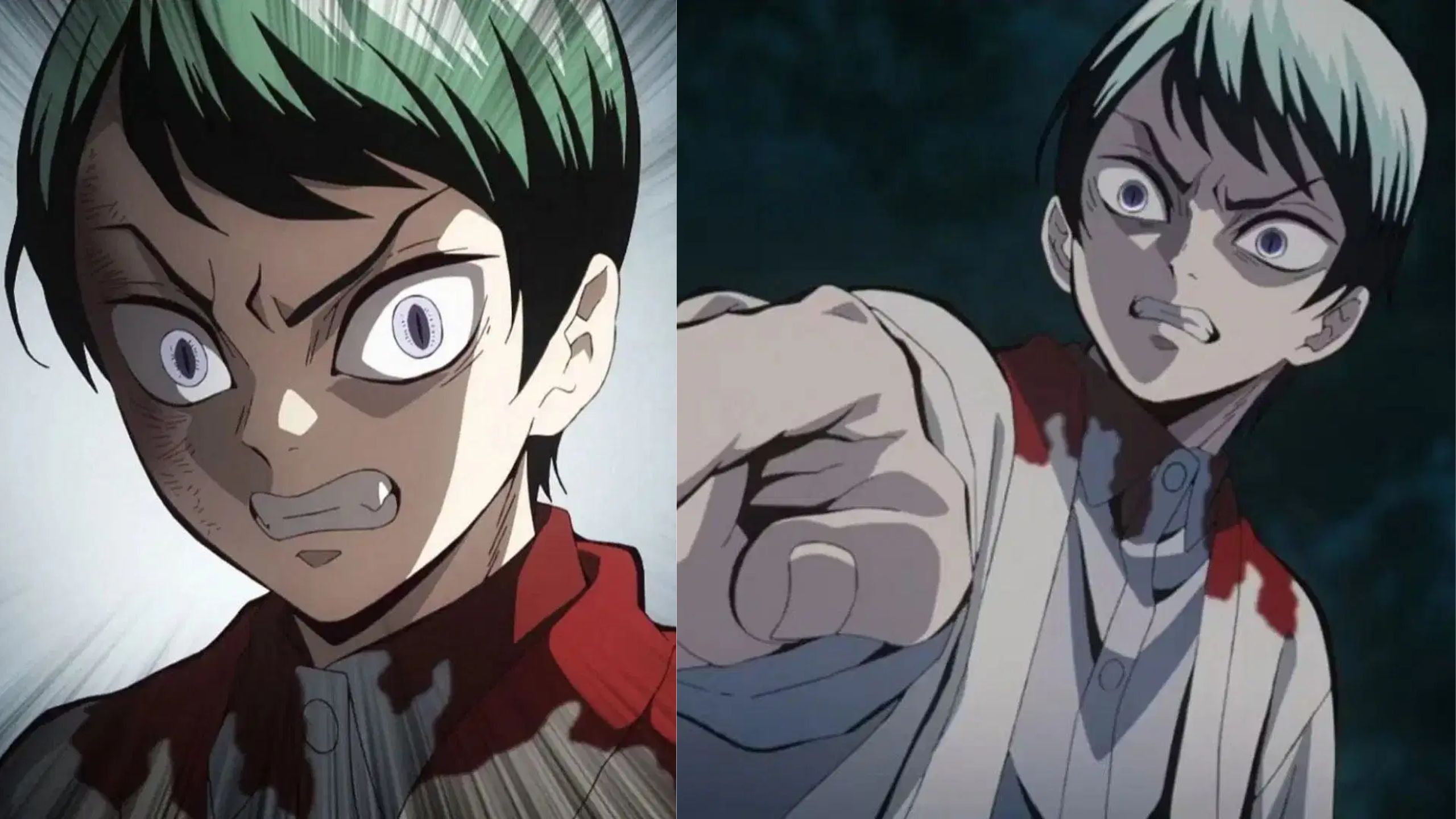
The process of transforming Yushiro was not a simple one. For Tamayo, it involved years of meticulous research, self-experimentation, and an intimate understanding of the mechanics behind demon creation.
At the core of her ability to create demons is her Blood Demon Art, a power that she developed through her intense study and understanding of her own demonic nature.
Blood Demon Arts are unique to each demon, often reflecting their deepest desires or most prominent traits.
In Tamayo’s case, her Blood Demon Art became a tool for both creation and redemption. It is plausible that her art allowed her to alter her own physiology, granting her the ability to create demons without relying on Muzan’s methods.
However, this process was not without its challenges. The transformation of Yushiro took centuries, suggesting that her methods were energy-intensive and complex.
Unlike Muzan, who could create demons with relative ease, Tamayo’s process required immense preparation and a deep understanding of the biological changes involved.
This disparity highlights the difference in their approaches: Muzan’s creations are products of brute force, while Tamayo’s creations are rooted in knowledge and precision.
This contrast between Muzan’s methods and Tamayo’s careful approach represents a key thematic element in Demon Slayer, emphasizing the importance of compassion and restraint in the face of power.
Depth of Tamayo’s Hatred for Muzan
Tamayo’s hatred for Muzan runs deep, and it is rooted not only in her personal suffering but also in her broader understanding of the consequences of his reign.
As a former servant of Muzan, she witnessed firsthand the destruction he caused, both to humans and to demons who fell under his control.
Her experience gave her a unique perspective on the horrors of Muzan’s rule, shaping her desire to oppose him at all costs.
In defying Muzan, Tamayo sought not only her own liberation but also the liberation of others. Her journey became a fight against the very nature of demonhood itself.

She dedicated her life to researching a cure for the demon curse, an endeavor that would ultimately allow her to reclaim her humanity and offer the same possibility to others.
For Tamayo, the act of curing demons became a form of poetic justice, a way to undermine Muzan’s power and restore what he had taken from her and countless others.
Tamayo’s disdain for Muzan also reflects her understanding of his weaknesses. While many view Muzan as an invincible force, Tamayo sees him for what he truly is: a creature driven by fear and insecurity.
His obsession with control and domination is, in many ways, a reflection of his own vulnerability.
Tamayo’s pursuit of a cure represents a direct challenge to this vulnerability, as it threatens to undo the very foundation of Muzan’s power.
By working toward a way to reverse the effects of demonhood, she undermines Muzan’s authority and strips him of his greatest weapon.
The Poetic Justice in Tamayo’s Abilities
Tamayo’s power to create demons carries a deep sense of irony, as it represents a reversal of Muzan’s most prized ability.
Muzan prides himself on being the sole creator of demons, viewing it as a mark of his superiority and control.
Yet, Tamayo’s ability to replicate this process underlines her independence from him and serves as a form of poetic justice.
By possessing the same ability, she subverts Muzan’s claim to supremacy and challenges his belief in his own invincibility.
Furthermore, Tamayo’s ability to create demons became a crucial element in her development of a cure.
Her Blood Demon Art, which enabled her to manipulate demon physiology, likely played a pivotal role in her collaboration with Shinobu to develop a demon-reversing medicine.
The fact that she used her powers not only to create demons but also to pursue a cure underscores her commitment to undoing the harm caused by Muzan’s curse.
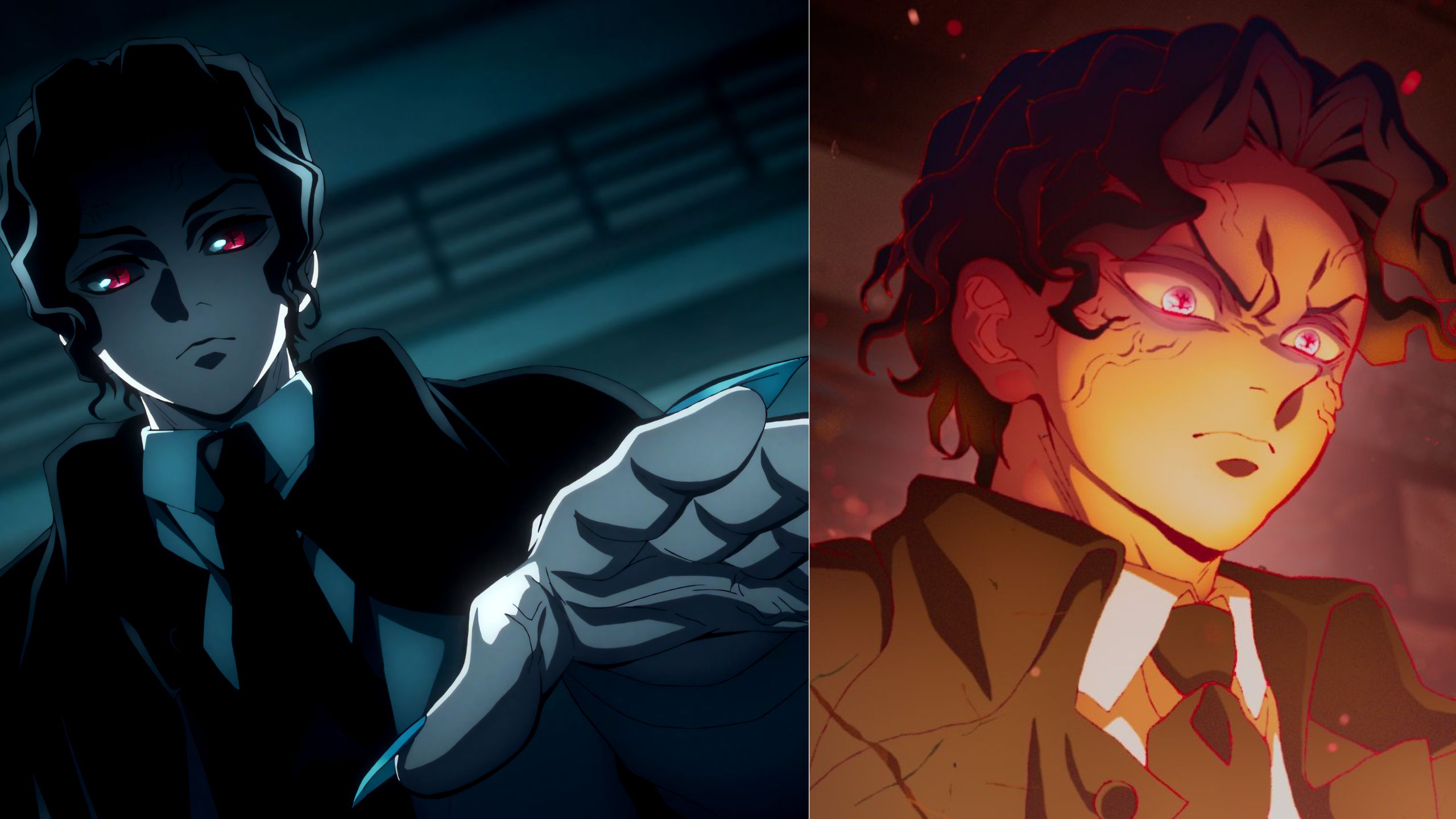
Unlike Muzan, who views demonhood as a path to power, Tamayo sees it as something to be overcome, a curse that must be eradicated.
Tamayo’s work with Shinobu highlights the significance of her abilities. By combining her knowledge of demon biology with Shinobu’s expertise in poisons, she created a medicine that had the potential to reverse the effects of demonhood.
This collaboration reflects Tamayo’s dedication to the cause and her willingness to go to great lengths to achieve her goal.
In this sense, her powers represent not just an act of rebellion but a profound commitment to healing and redemption.
Tamayo’s Legacy in the Demon Slayer World
In the Demon Slayer, Tamayo’s character stands as a testament to resilience, compassion, and the pursuit of redemption.
Her journey from a subservient demon to a figure of defiance and hope serves as an inspiration for others.
Through her research, she not only liberated herself from Muzan’s control but also paved the way for a future free from the curse of demonhood.
Her legacy is one of strength, intelligence, and a profound commitment to justice.
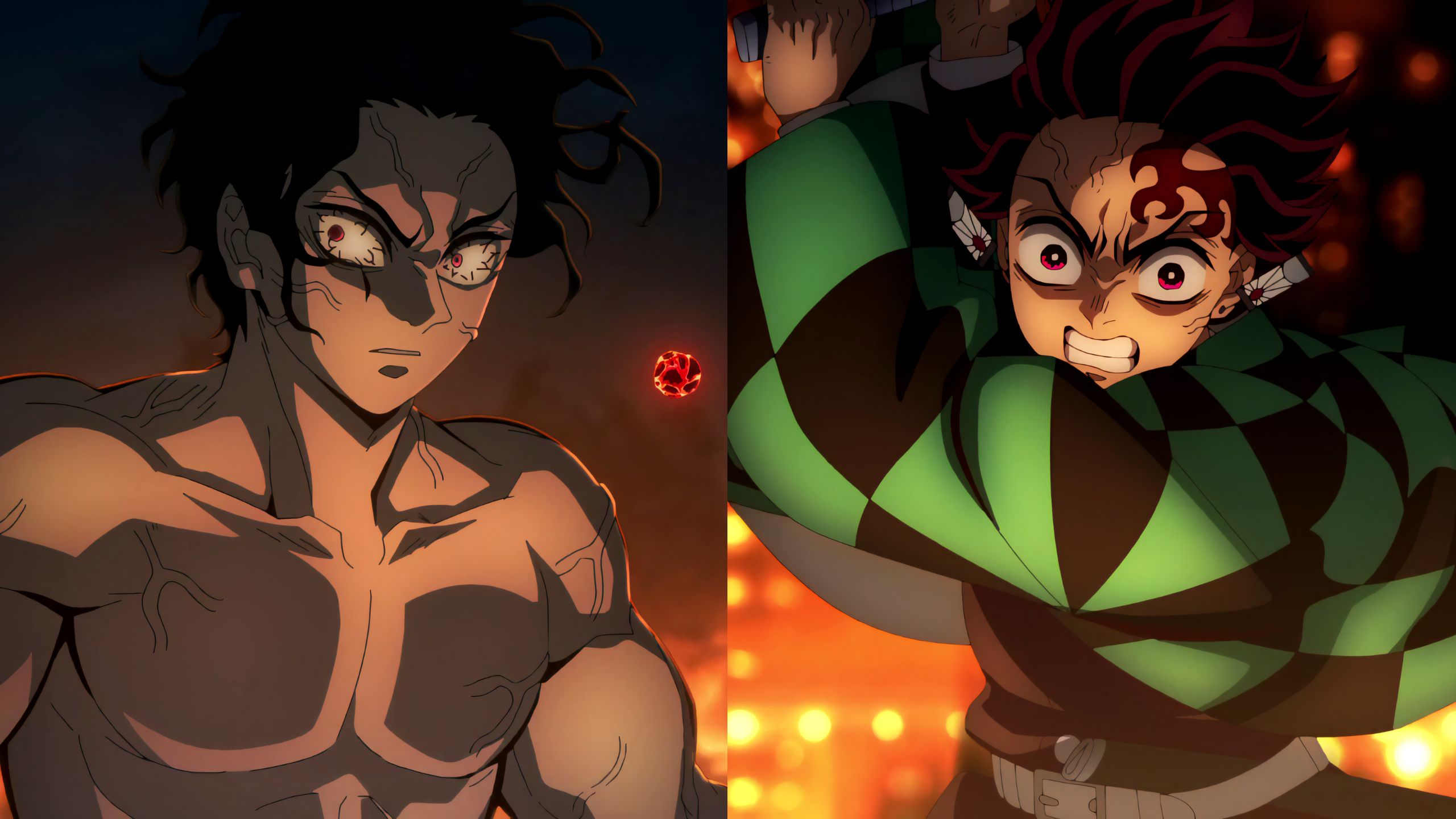
Tamayo’s story offers a unique perspective on the nature of power and the importance of compassion in the face of darkness.
While Muzan represents a world of violence and domination, Tamayo embodies a path of healing and redemption.
Her defiance of Muzan’s authority and her pursuit of a cure for demonhood challenge the very foundation of his power, offering hope for a future beyond his reign.
In the end, Tamayo’s legacy serves as a reminder that even in a world consumed by darkness, there is always the possibility of redemption.
Her story is a testament to the strength of the human spirit and the power of compassion, qualities that ultimately define the true heroes of Demon Slayer.

